How to wash velvet — 6 steps to safely care for this delicate fabric
Expert tips to keep your velvet plush and intact
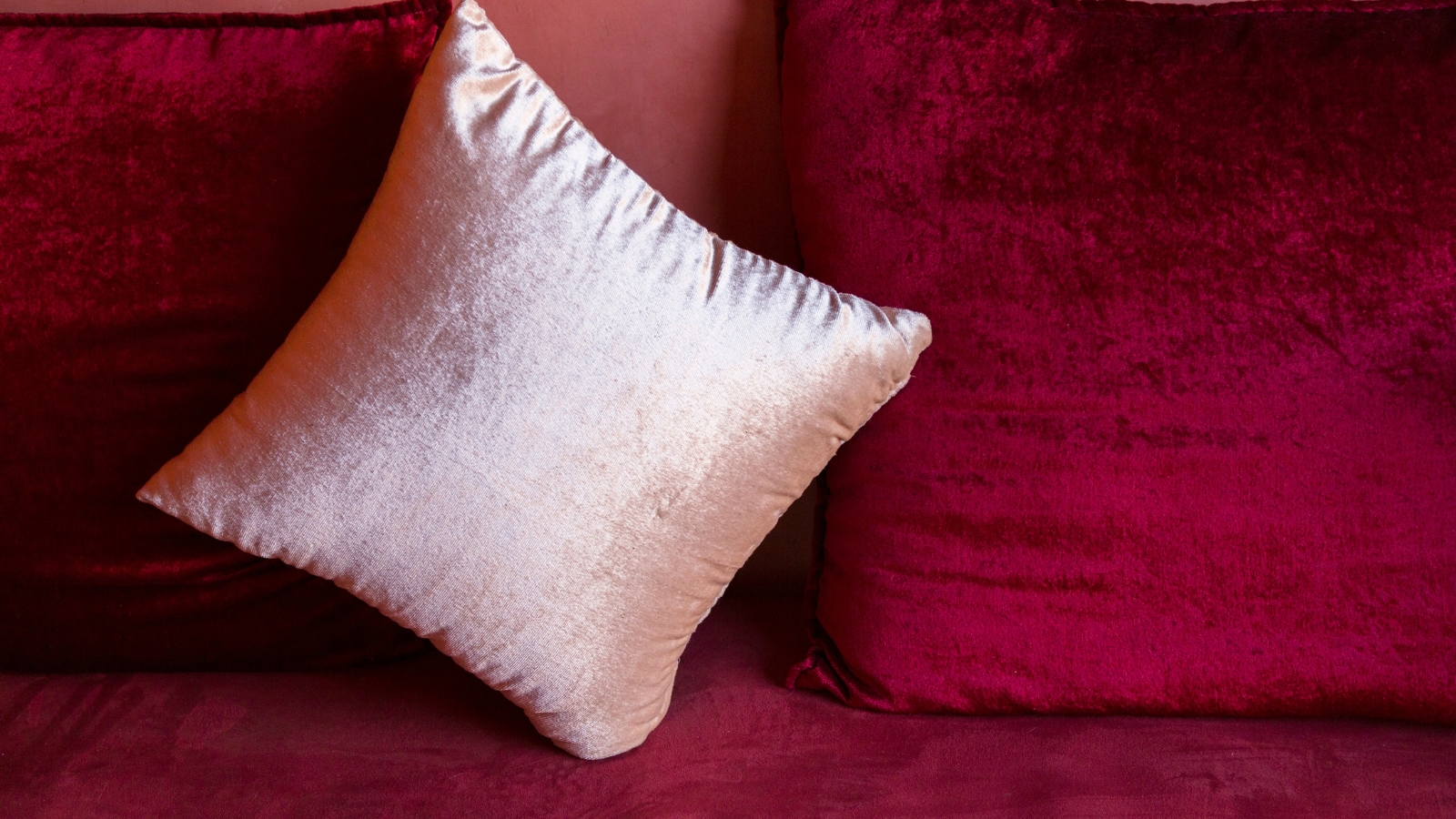

Its luxurious look and smooth feel exudes elegance – but velvet's delicate texture requires special care to clean and maintain.
Fear not! Our six-step expert guide reveals exactly how to wash velvet, with tips and tricks from cleaning pros to help you avoid the most common mistakes that might ruin your velvet.
How to do laundry well begins with understanding your fabrics. Whether it’s a velvet dress, cushion cover, or window treament, this guide details how to wash this special fabric without ruining its plush appearance.
Step 1: Check the label
Before anything else, check the care label on your velvet item. Some velvets, like those made of silk or rayon, may require dry cleaning.
Karina Toner, operations manager at Spekless Cleaning, says, 'Always start by reading the care label. Some velvet items may be dry-clean only, and overlooking this can prove a painful mistake.'
However, many modern velvet fabrics — particularly those made from polyester or a blend of synthetic fibers — can be machine or hand-washed. The care label will tell you the recommended method and temperature to use.
Step 2: Test for colorfastness
Velvet can bleed color, so it's important to test a small, hidden section before fully washing.
Dampen a clean white cloth with water and press it gently onto the fabric. If color transfers onto the cloth, the item is not colorfast, and you should take it to a professional cleaner. Washing it at home could lead to unwanted color change, blotchy results or unintentionally dying other items in the same wash.
Step 3: Choose your cleaning method
There are two primary ways of washing velvet — hand washing and machine washing.
Hand washing is the safest option for most velvet fabrics.
Toner says, 'Fill a basin with lukewarm water and add a small amount of detergent. Submerge the velvet piece and gently agitate the water. Avoid heavy scrubbing or wringing that might flatten the pile.'
Toner recommends Woolite Delicates Hypoallergenic Liquid Laundry Detergent, available from Amazon, which is gentle on skin, and therefore suitable for hand washing.
After a few minutes, rinse thoroughly with cool water to remove all detergent residue.
If the care symbol on the laundry label permits machine washing, use a gentle or delicate cycle with cold water.
Place the velvet item inside a mesh laundry bag to protect it from friction with other clothes or the drum itself, especially if the velvet item has lace elements, which velvet clothing often does.
Use a small amount of mild detergent, and avoid fabric softeners, which can coat and stiffen the fibers. Toner recommends BAGAIL Mesh Laundry Bags, available from Walmart, which come in multiple sizes, and are suitable for both washer-dryers up to a heat of 140 degrees Fahrenheit.
If in need of a good new machine, our guide to the best places to buy washer-dryers in 2024 will point you in the right direction.
Step 4: Adapt for different forms
Velvet comes in many forms, from clothing to home furnishings, and each requires slightly different care.
- Clothing: Velvet garments like dresses or blazers should generally be hand-washed or machine-washed on a delicate cycle. Turn them inside out to protect the outer surface. Eliana Coca, founder of E.C. House Cleaning, says, 'As an expert in cleaning for more than 20 years, I know how delicate velvet fibers can be. For velvet clothes, in particular, I recommend hand washing in cold water with a mild detergent and vinegar, then laying flat to air dry. Avoid the dryer if possible.' Learn about the benefits of air drying.
- Pillows: Removable velvet pillow covers can typically be hand-washed or washed in a machine on a delicate cycle. If the velvet is part of a non-removable pillow, spot cleaning is recommended.
- Blankets: Velvet blankets can be washed similarly to velvet clothing, but their size may require a larger washing machine. Machine-washing on a gentle cycle and air-drying is often the best approach. Toner says, 'Velvet blankets can often be machine washed on a delicate cycle, but check the label first. Always use cold water and avoid overloading the washer. Lay flat to dry, and avoid wringing out the fabric to prevent creasing.'
- Curtains: Velvet curtains can be large and heavy, making them tricky to wash at home. If the fabric is washable, opt for hand-washing or use a commercial-grade machine, ensuring that no heat is used in drying.
- Upholstery: For velvet furniture, it’s best to use a gentle upholstery cleaner or spot-clean specific areas to avoid damaging the fabric. For larger stains, consider hiring a professional upholstery cleaning service. Salvador Villarreal, owner of dry cleaning specialists VIP Cleaners & Laundry, says, 'For larger velvet items like couches or curtains, professional dry cleaning is best to prevent damage. If machine washing, use a large washer on delicate cycle and towel dry by rolling in towels to absorb excess water before laying flat to air dry. Harsh chemicals and heat are velvet's worst enemies.' Coca adds, 'Whichever way you're washing velvet, it's vital to remember that harsh chemicals can damage it. I use only natural, eco-friendly cleaning products approved for delicates. Products with tea tree, lavender or eucalyptus oil naturally repel moths and freshen fabric. Baking soda is great for absorbing odors before storing velvet away.'
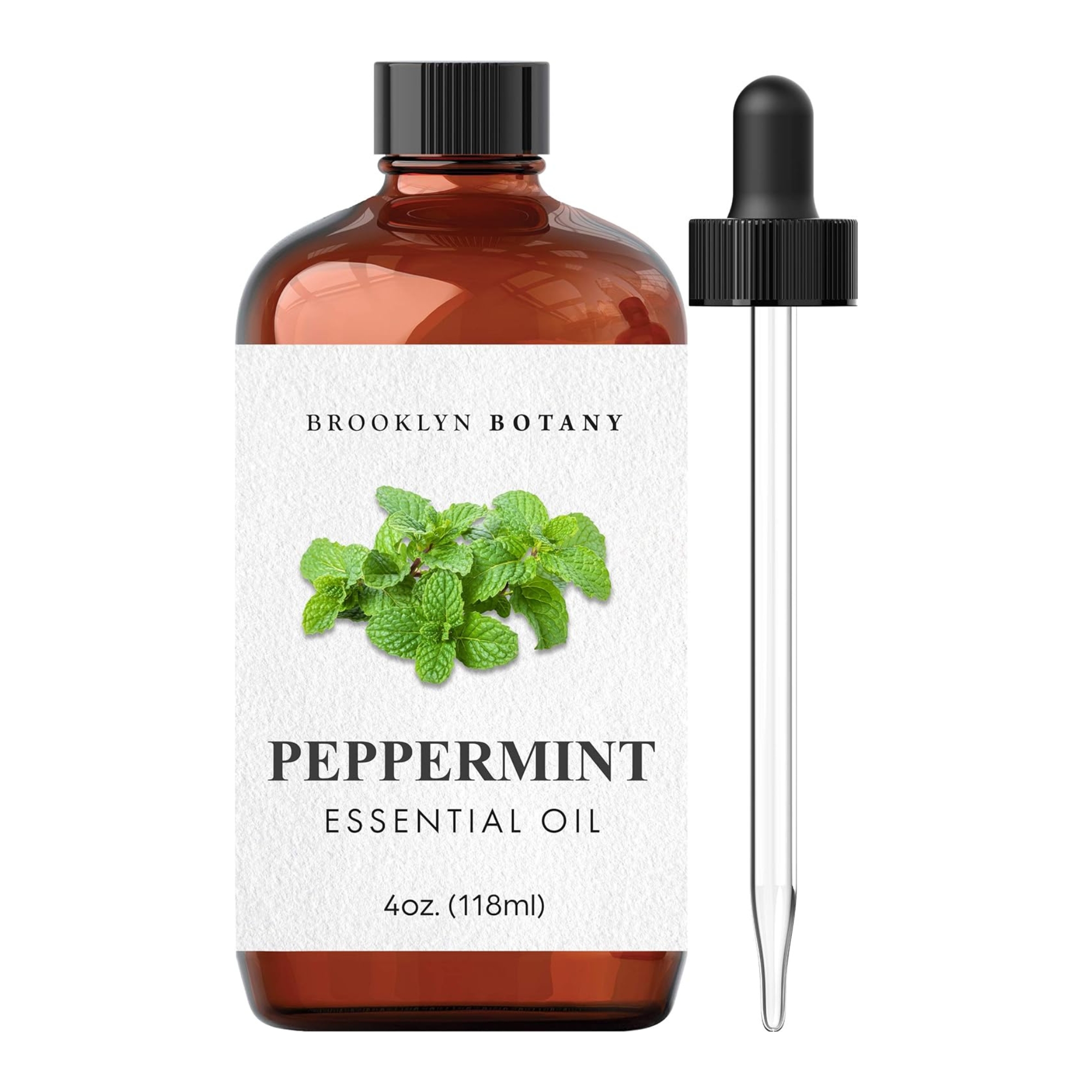
Peppermint oil is a great way to give your velvet that light lift but only add a drop to your wash, not your velvet directly as the oil might stain it. This may well prove easier to do in a top-loading washer, or when hand washing. Sourced in India, this peppermint oil is natural and easy on fabrics.
Step 5: Dry with care
Never wring out velvet, as this can crush the pile and cause permanent wrinkles. Instead, lay the item flat on a clean towel, roll the towel up, and gently press to absorb excess water.
Toner says, 'To air-dry, lay the item flat on a fresh towel in a cool, dry place. Avoid direct sunlight or heat, which can fade or warp the fabric. Velvet should never be tumble-dried, as the high heat can damage the fibers.'
Our guides for how to dry clothes at home and how to dry a weighted blanket are full of handy tips to keep your material in great condition.
Step 6: Restore the pile
If the pile of the velvet looks flattened after drying, steam it lightly to restore its texture.
Hold a steamer or iron on the steam setting just above the fabric — never touching it directly — and use gentle strokes to revive the soft, plush appearance.
Toner says, 'A handheld steamer is perfect for removing wrinkles and refreshing velvet without direct contact, reducing the risk of crushing the pile.'
Toner recommends the Pure Enrichment PureSteam Portable Fabric Steamer from Amazon, which is lightweight, easy-to-use and safe on velvet.
FAQs
How do I remove a stain from velvet pieces?
Blot the stain immediately with a clean cloth.
Toner says, 'For stubborn stains, use a small amount of gentle upholstery cleaner and dab gently. Avoid rubbing, as this may damage the fabric.'
How should I store velvet items?
Store velvet pieces in a cool, dry place away from direct sunlight.
Toner says, 'For clothing, hang on padded hangers to prevent creasing. Store blankets and pillows in breathable cotton bags.'
Hayden Hill Luxury Organic Cotton Garment Bags are Amazon's Choice meaning they are bought often, rarely returned, usually available and highly-rated by shoppers.
Can I iron velvet to remove wrinkles?
Ironing is not recommended for velvet as direct heat and pressure can crush the pile.
Toner adds, 'Instead, use a handheld fabric steamer such as the Pure Enrichment PureSteam Portable Fabric Steamer from Amazon to gently remove any wrinkles.'
So there you have it — how to wash velvet in six simple steps. With proper care, velvet will retain its luxurious feel and appearance for years to come.
Next, check out our guide on how to wash towels — the right way.
Sign up to the Homes & Gardens newsletter
Design expertise in your inbox – from inspiring decorating ideas and beautiful celebrity homes to practical gardening advice and shopping round-ups.

With more than a decade of experience writing news, lifestyle, consumer, and human interest articles for a wide range of national and international publications, Andy is a highly-qualified journalist writing features for the national press. From front porch to backyard, attic to basement, Andy has written about every area of the home. He specialises in bringing together the best industry expertise to answer all of your most pressing home and garden questions about seasonal and everyday cleaning, decluttering, organizing and DIY.
-
 7 tiny chores that instantly make your home look more put together without buying anything – including shopping your stash and quick decluttering
7 tiny chores that instantly make your home look more put together without buying anything – including shopping your stash and quick declutteringSimple organization can make a real impact, experts assure
By Ottilie Blackhall
-
 Want to make your home look more charming? These 4 Benjamin Moore exterior shades will up your curb appeal
Want to make your home look more charming? These 4 Benjamin Moore exterior shades will up your curb appealIf you're on the prowl for a new shade to try for the outside of your home, Benjamin Moore has unveiled its most 'charming' colors
By Sophia Pouget de St Victor
-
 How to dry a duvet without a dryer – to reduce energy costs, protect your appliance, and save money at home
How to dry a duvet without a dryer – to reduce energy costs, protect your appliance, and save money at homeYou don't need a tumble dryer for fresh and fluffy bedding, laundry experts assure
By Ottilie Blackhall
-
 My cheap dehumidifier makes easy work of air drying laundry indoors despite the humidity of spring showers – get yours on sale for just $49 now
My cheap dehumidifier makes easy work of air drying laundry indoors despite the humidity of spring showers – get yours on sale for just $49 nowIt's useful for lots of things around my home
By Punteha van Terheyden
-
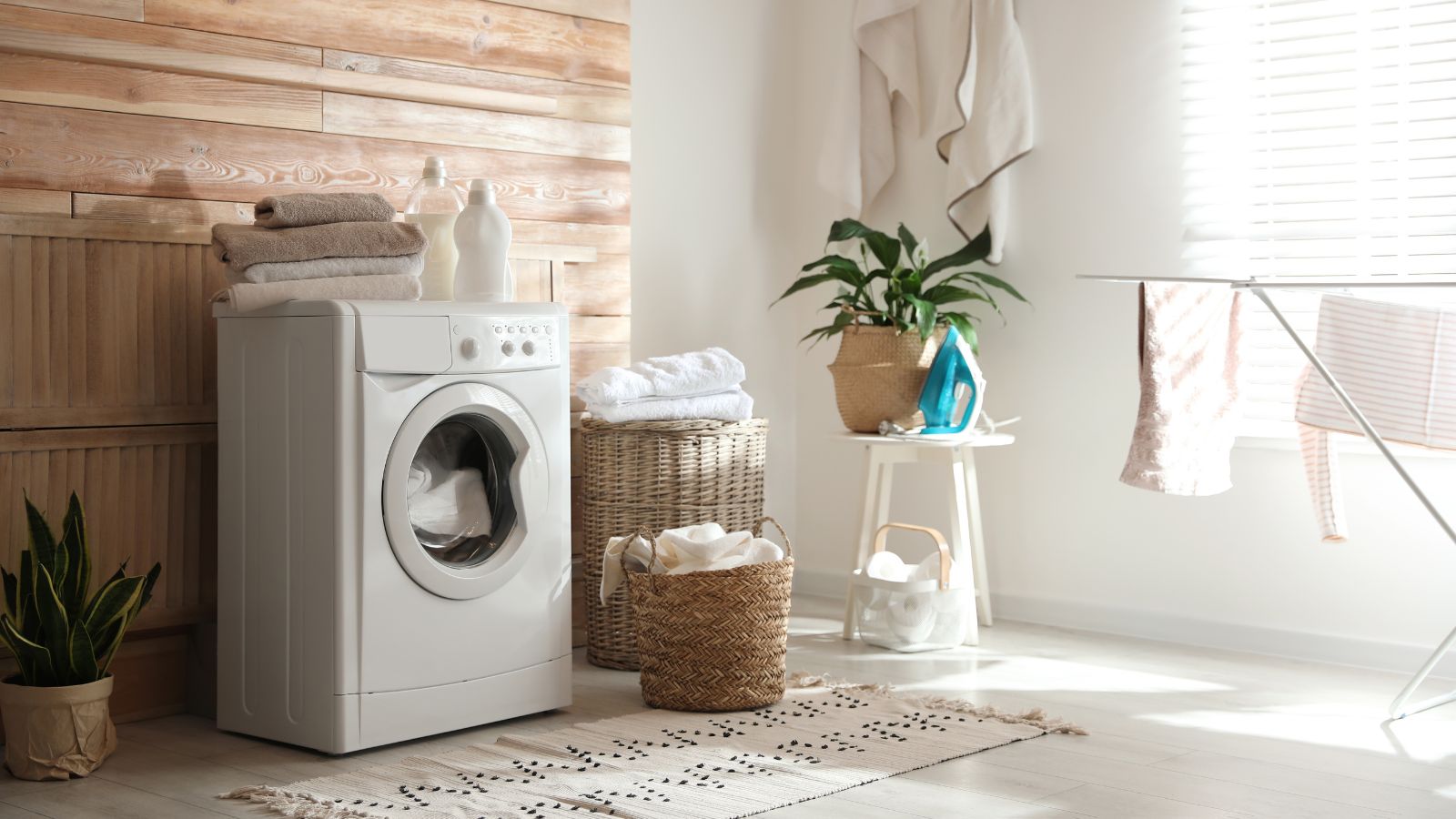 Looking for a natural laundry-softening alternative? I'm a professional cleaner and it's time to ditch synthetic ones for 5 non-toxic softeners that work
Looking for a natural laundry-softening alternative? I'm a professional cleaner and it's time to ditch synthetic ones for 5 non-toxic softeners that workRefresh your laundry routine with these fabric softener alternatives
By Karina Toner
-
 Unlock the magical mold-killing and stain-busting superpower of this humble household ingredient that costs just 50 cents
Unlock the magical mold-killing and stain-busting superpower of this humble household ingredient that costs just 50 centsIf you have aspirin in the house, you can use it to banish mold
By Ottilie Blackhall
-
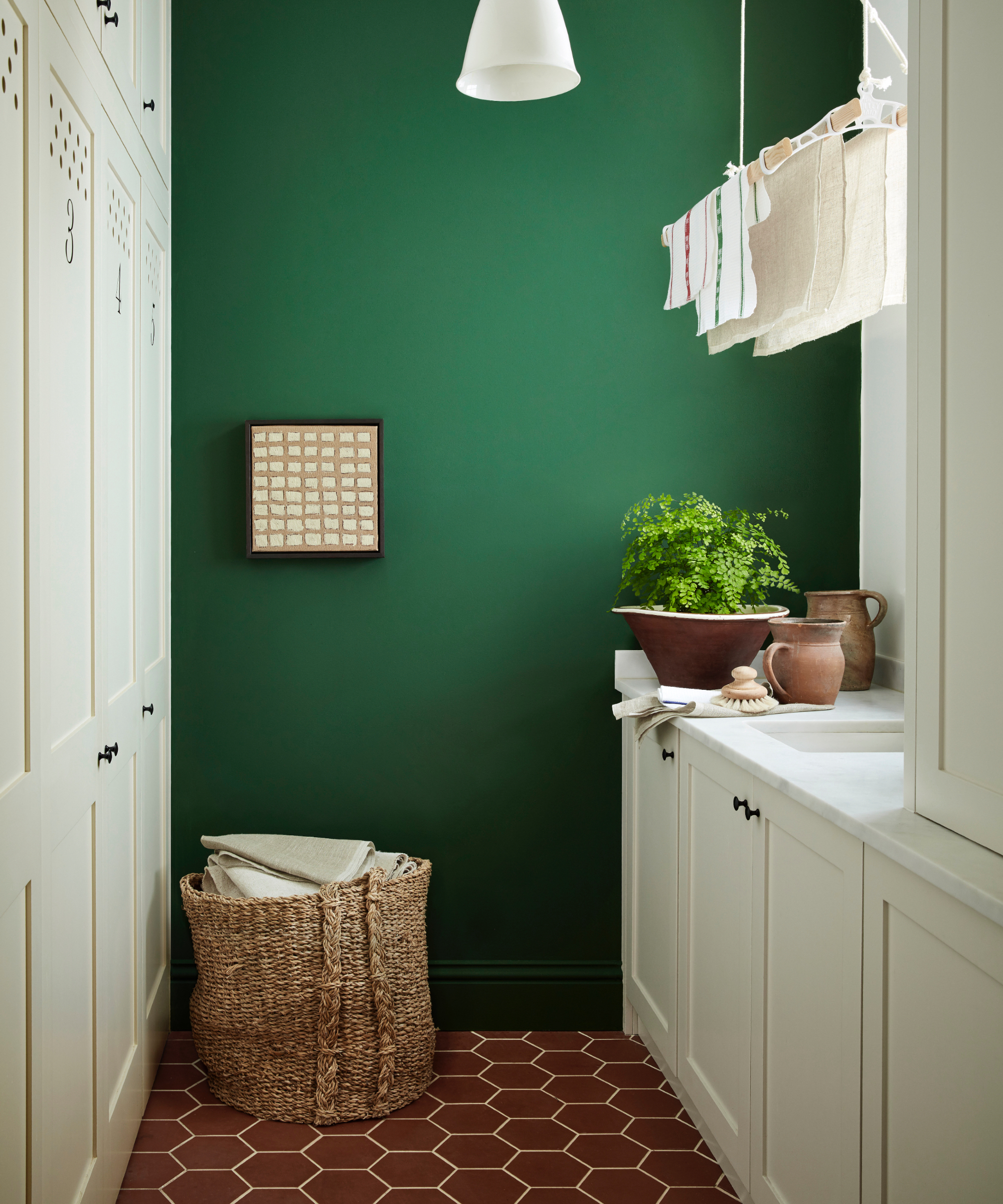 5 warning signs you're using the wrong amount of detergent – avoid greasy residue, stiff fabrics and skin issues with these simple cleaner-approved tips
5 warning signs you're using the wrong amount of detergent – avoid greasy residue, stiff fabrics and skin issues with these simple cleaner-approved tipsPlus, why it's important to get the amount just right
By Ottilie Blackhall
-
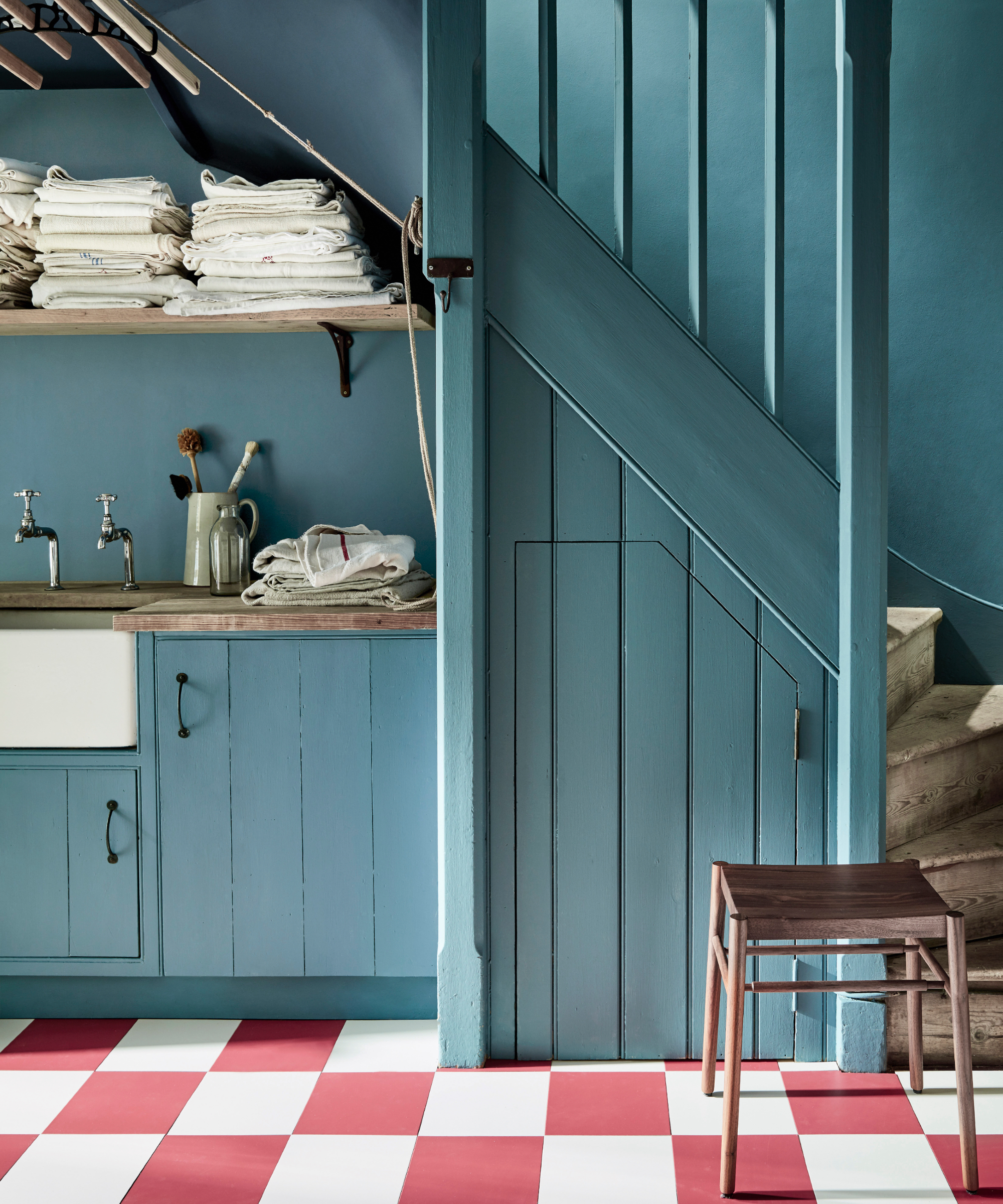 Laundry experts reveal 7 unexpected washing rules you can throw out the window – from separating fabrics to mixing whites and colors
Laundry experts reveal 7 unexpected washing rules you can throw out the window – from separating fabrics to mixing whites and colorsForget everything you thought you knew
By Ottilie Blackhall
-
 Using this button on your washing machine will cut your bills and help the planet
Using this button on your washing machine will cut your bills and help the planetA single switch can make a load of difference
By Chiana Dickson
-
 Experts reveal the 5 toxic items lurking in your laundry room – and what to swap them with for a healthier routine
Experts reveal the 5 toxic items lurking in your laundry room – and what to swap them with for a healthier routineFor a room focused on cleaning, some of its items can be surprisingly toxic
By Chiana Dickson